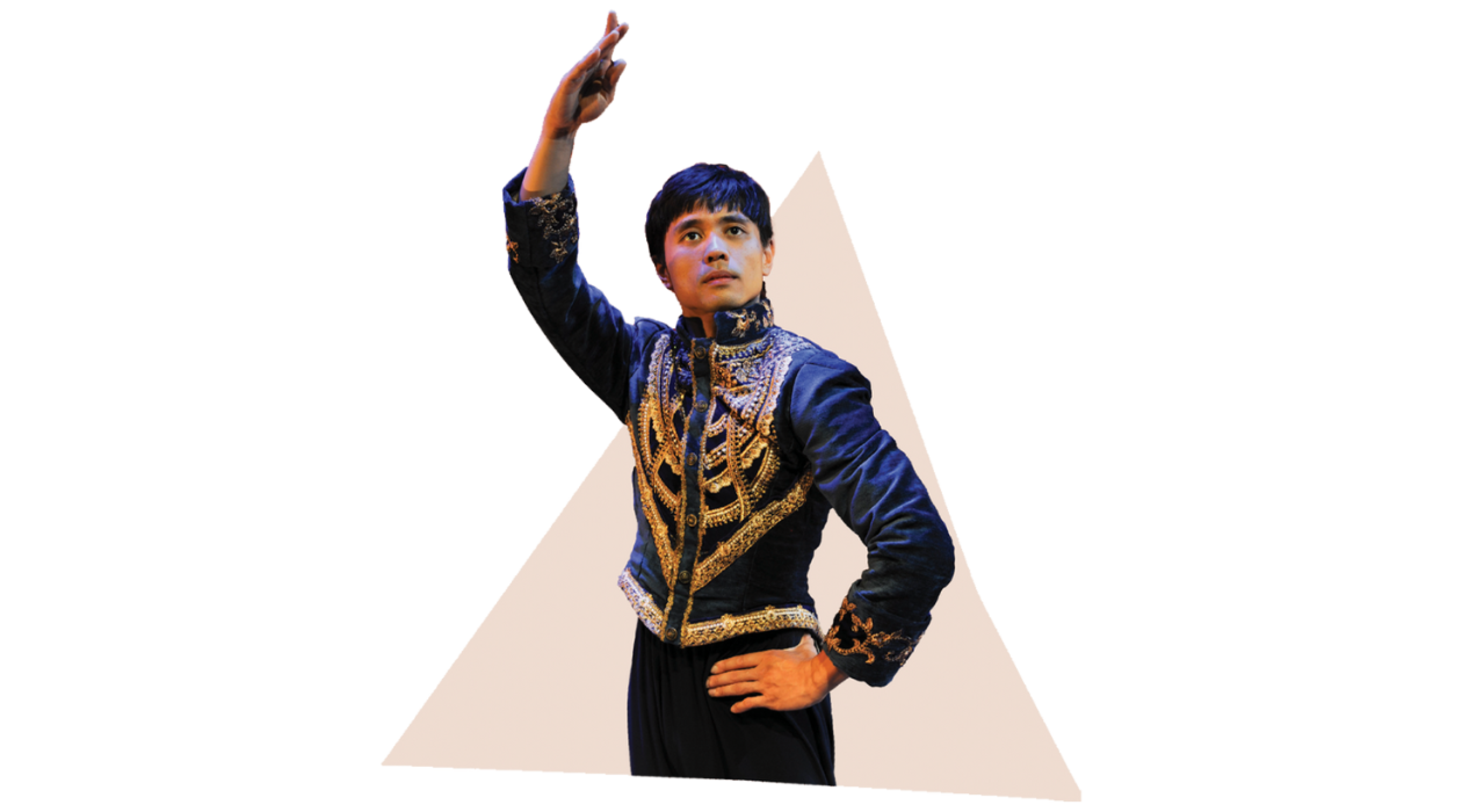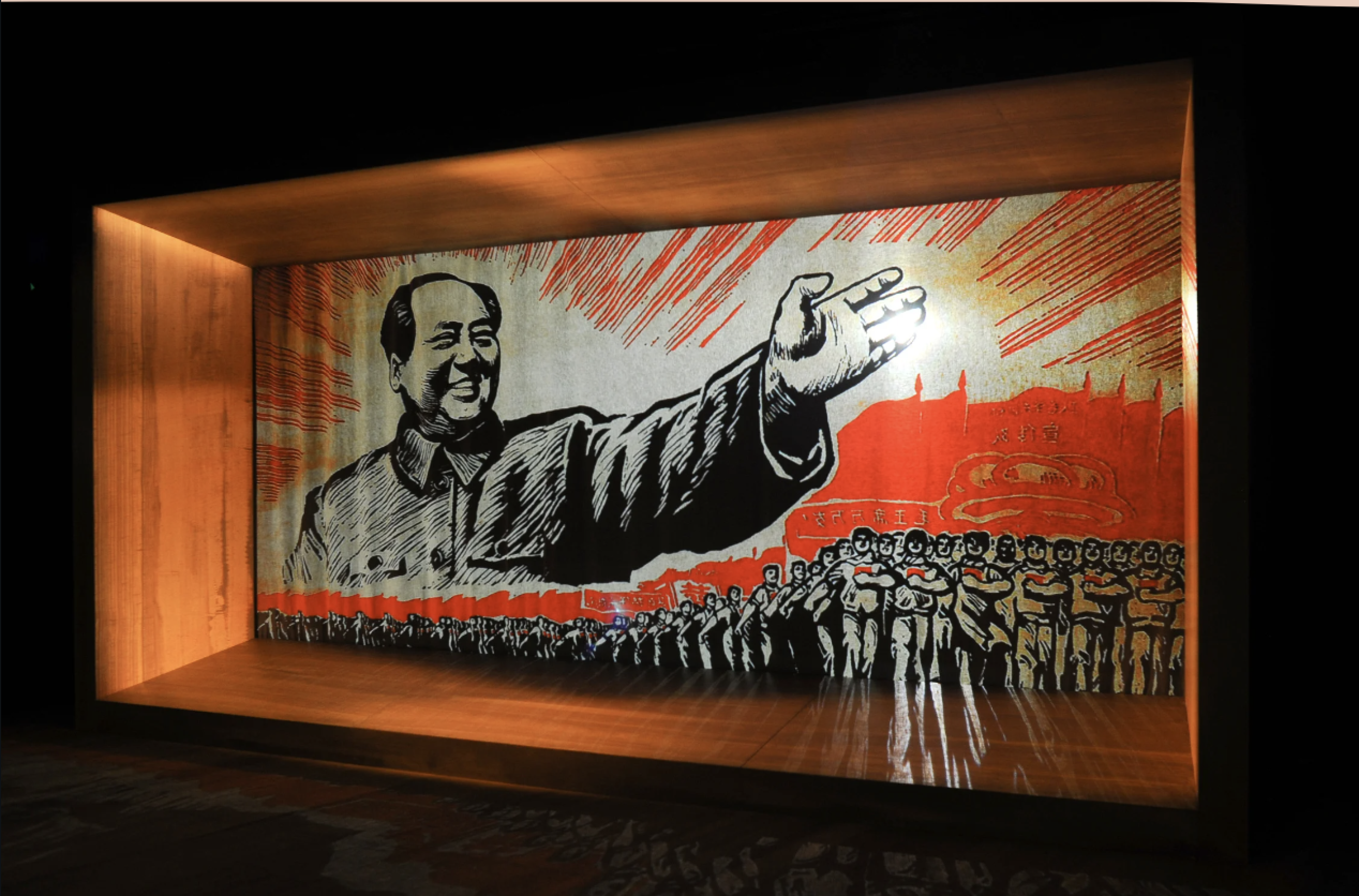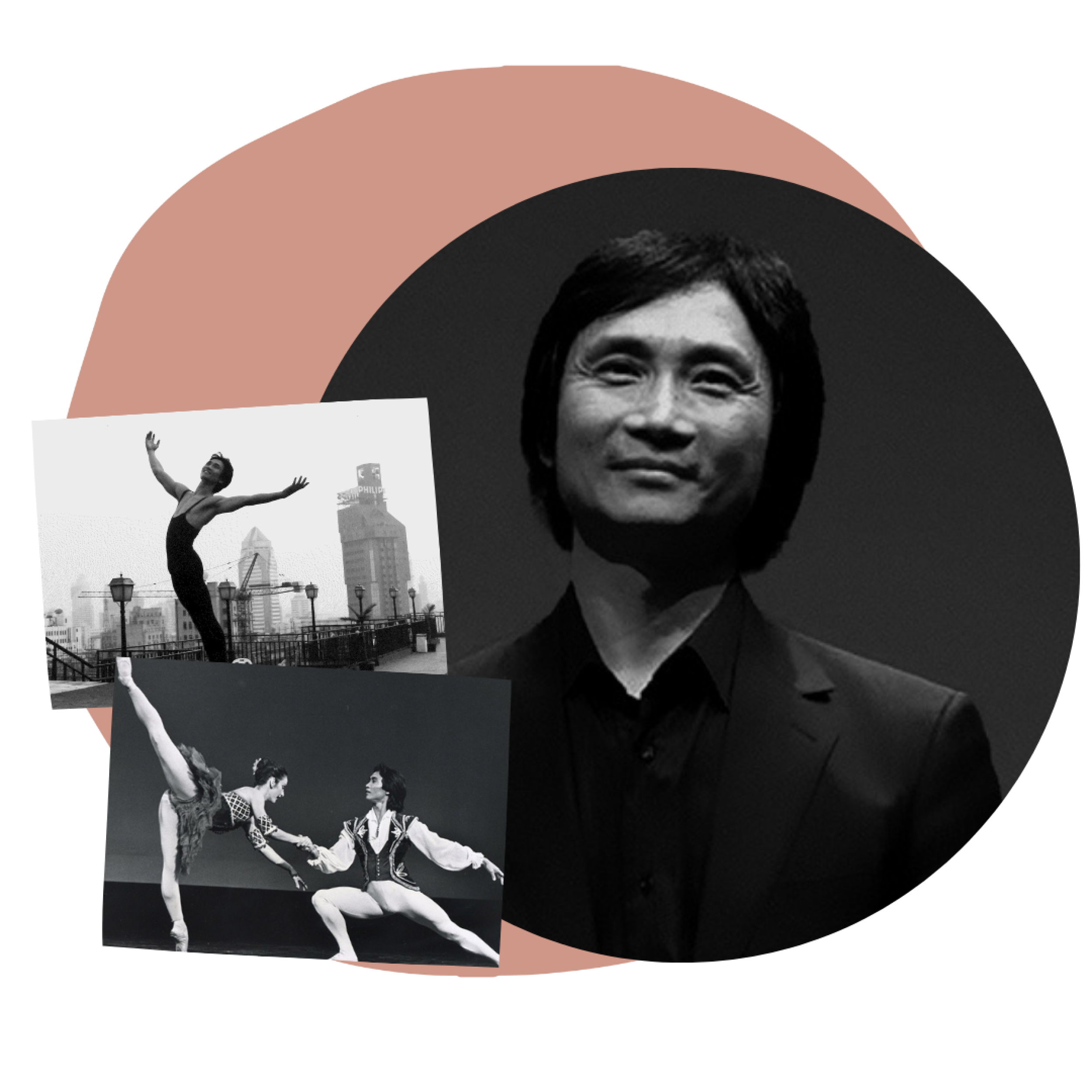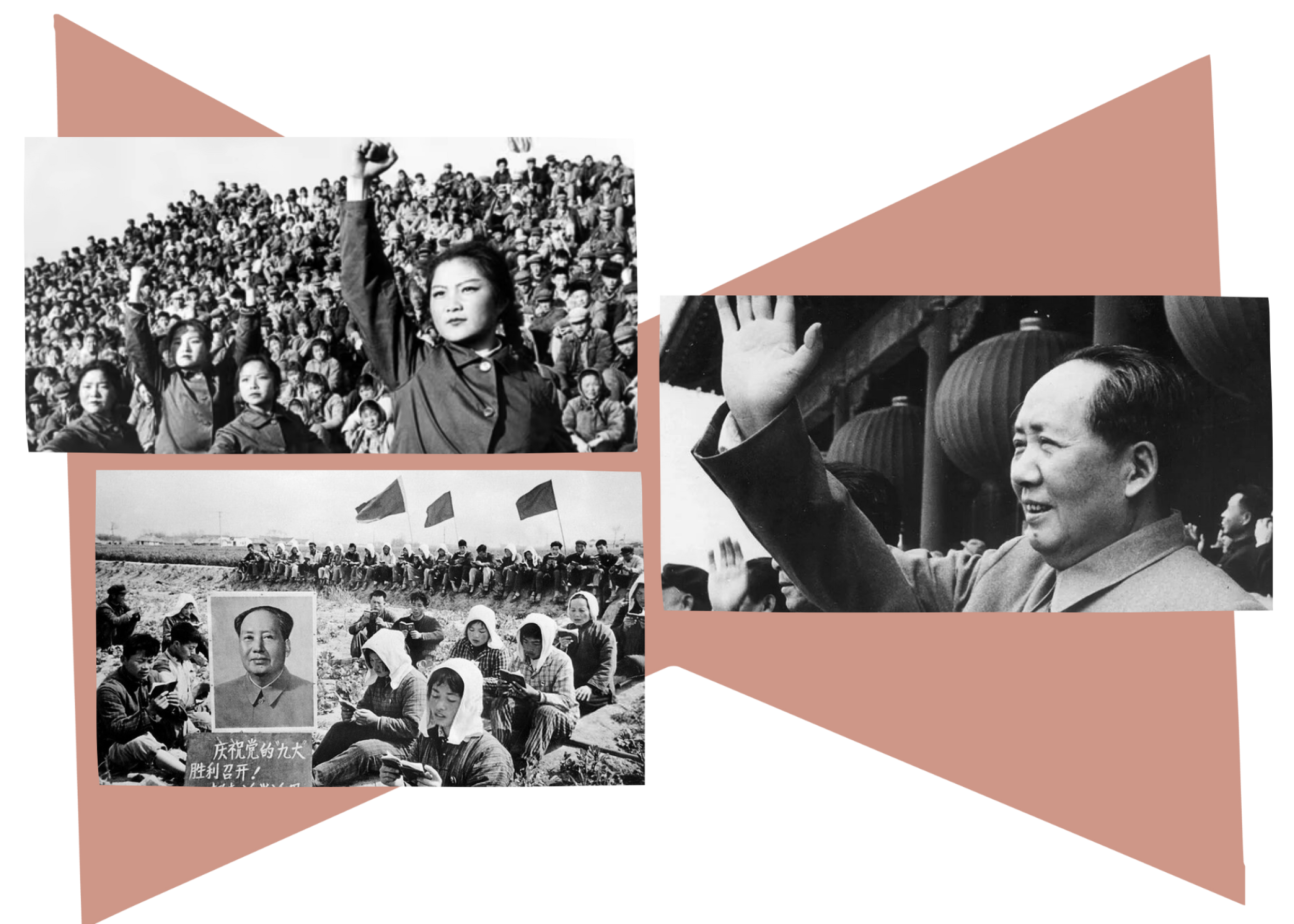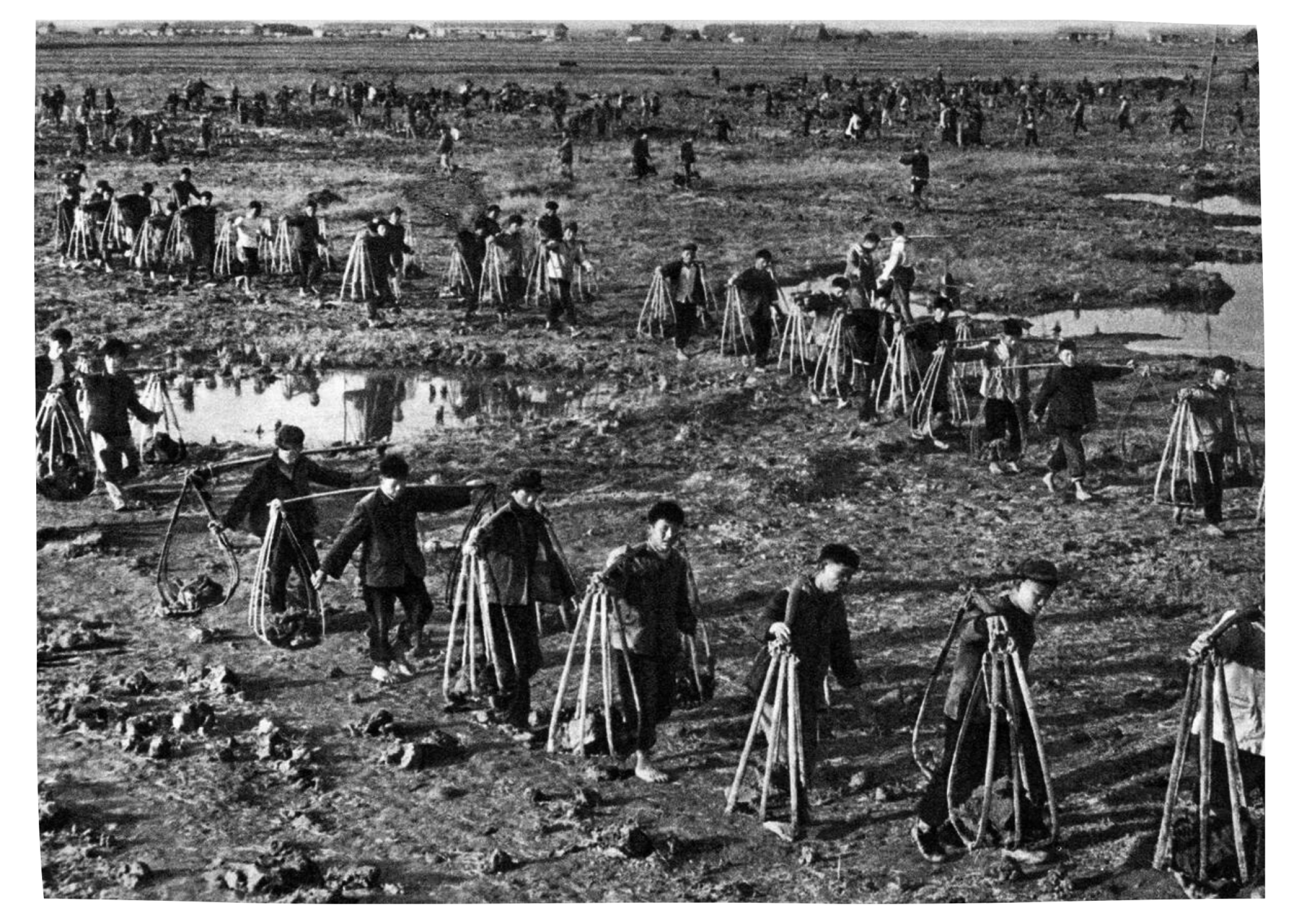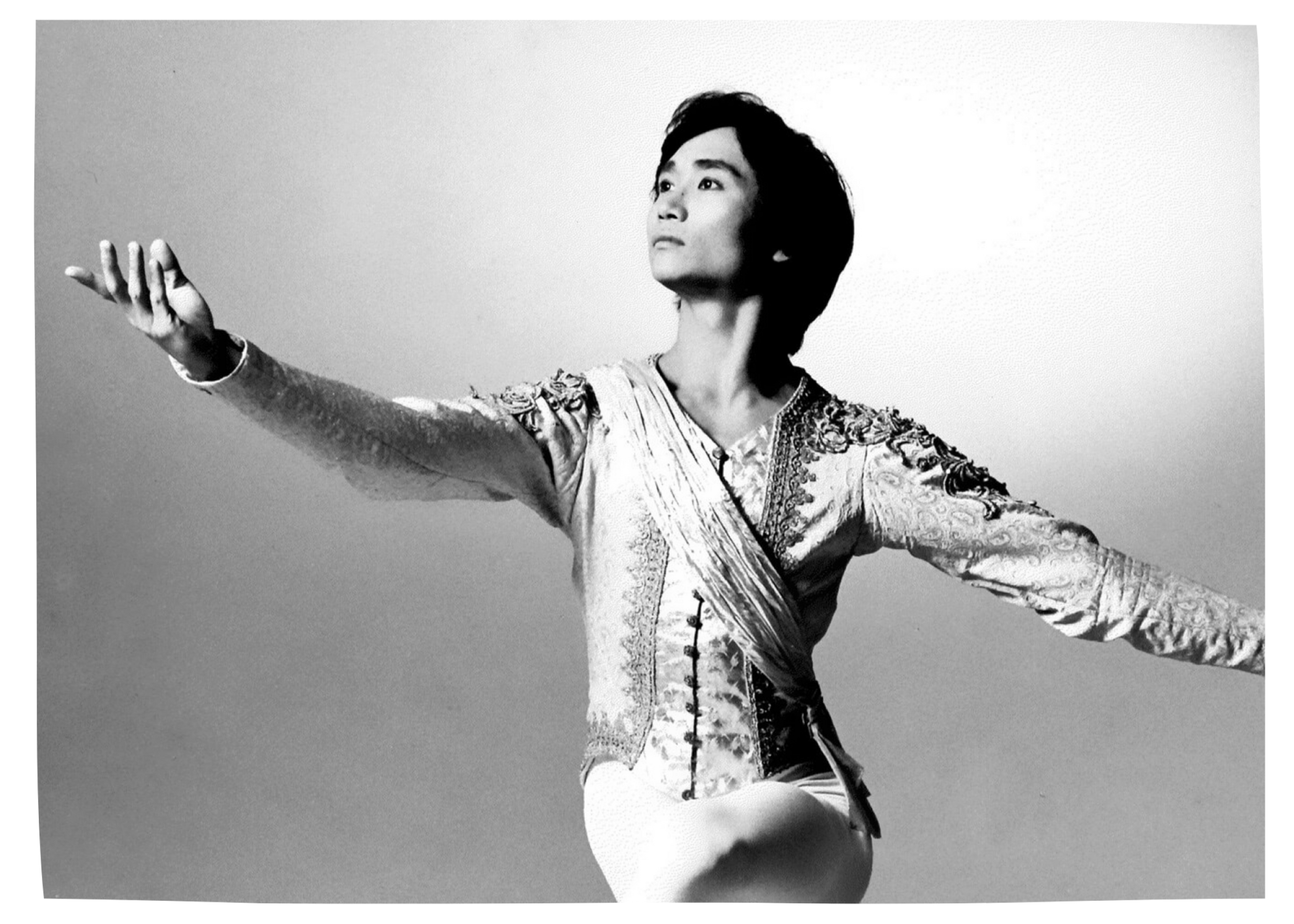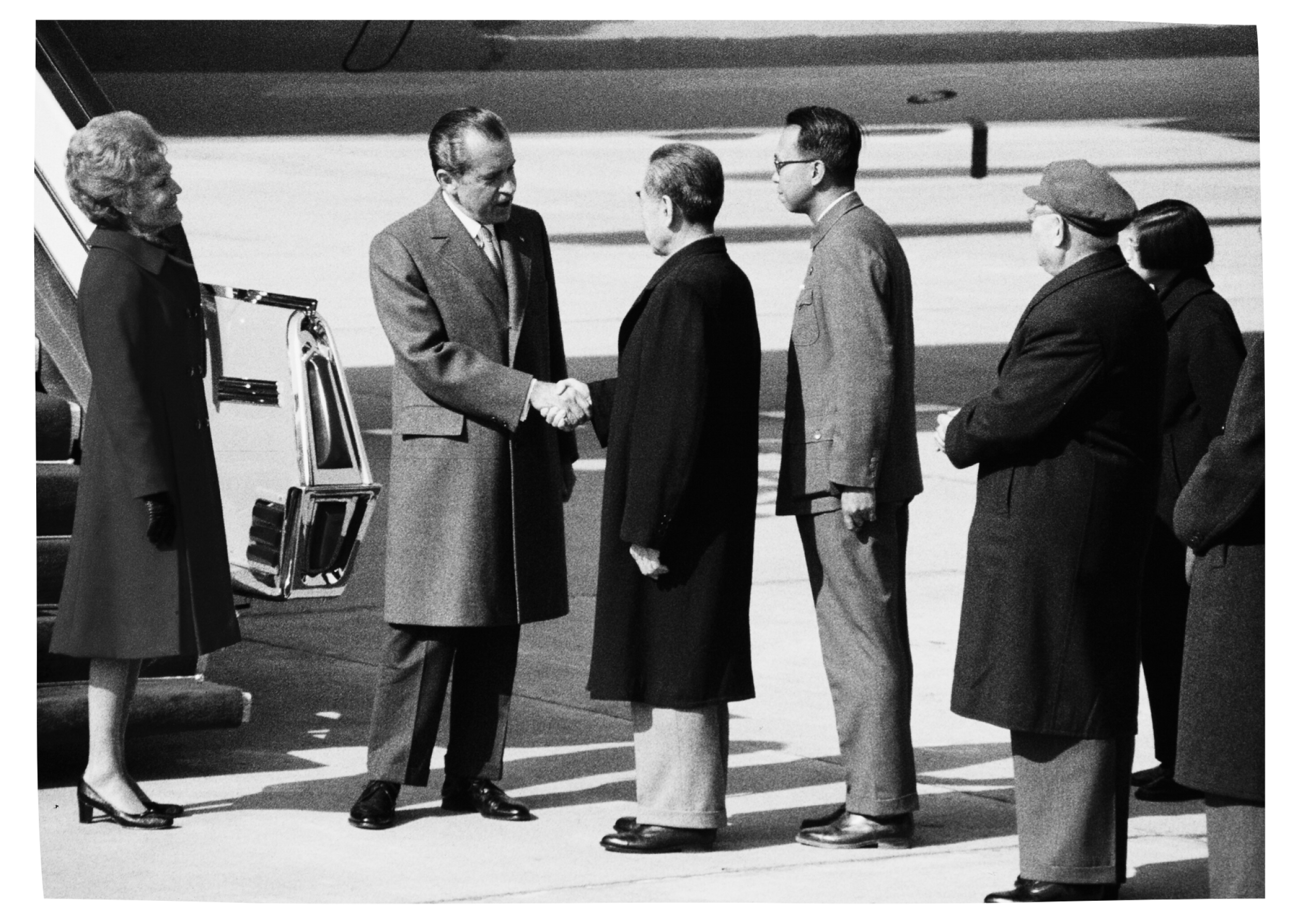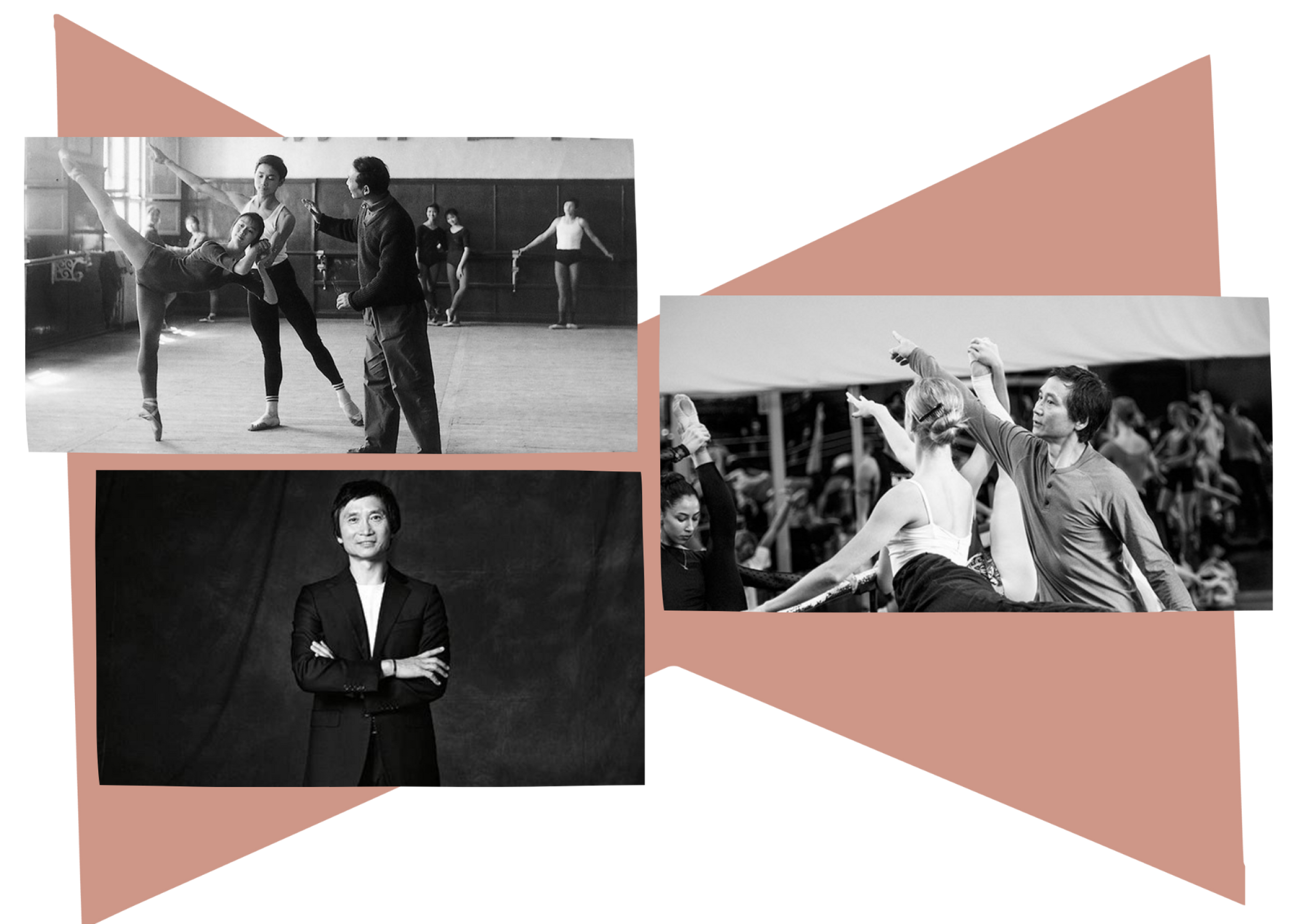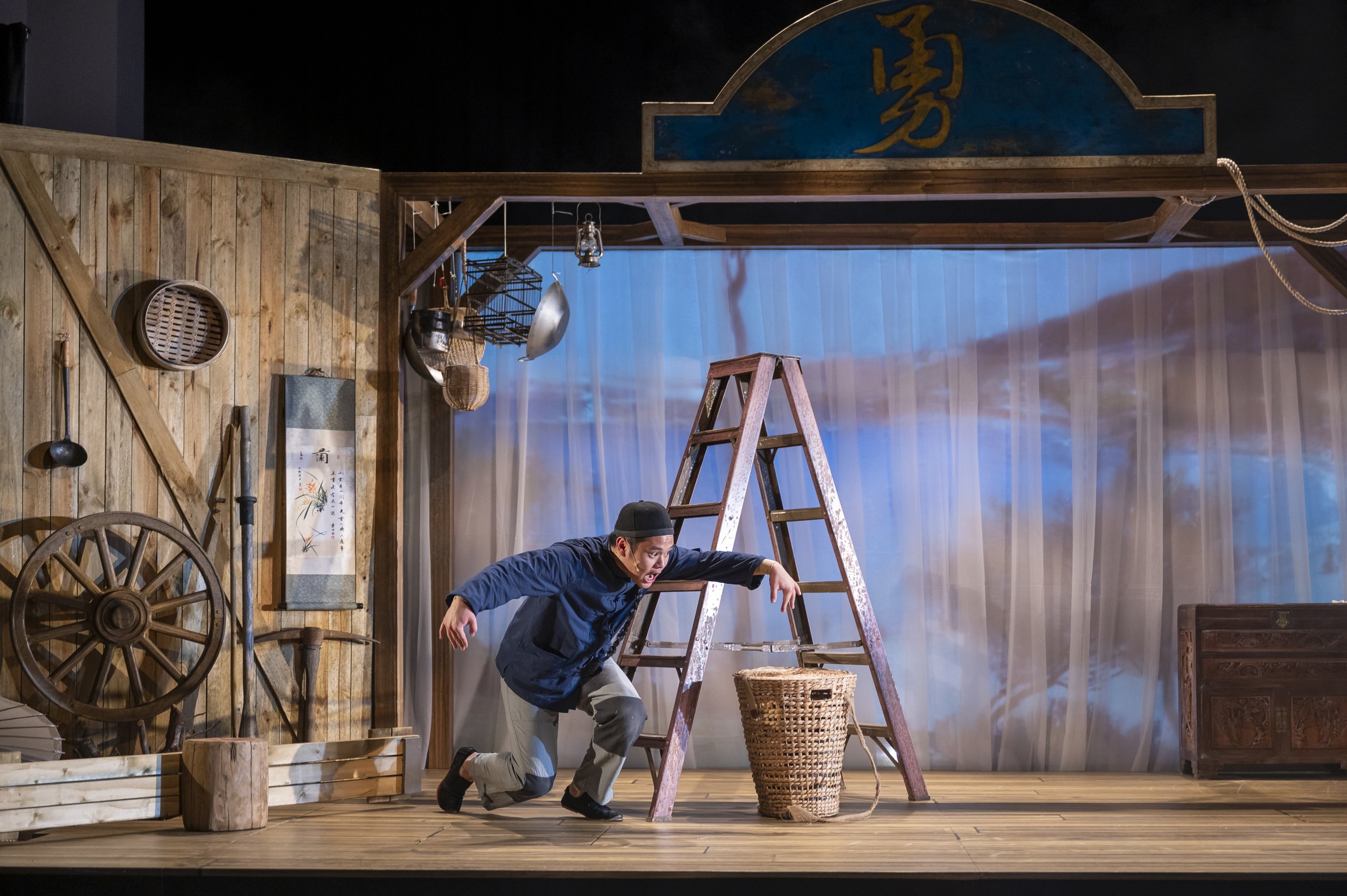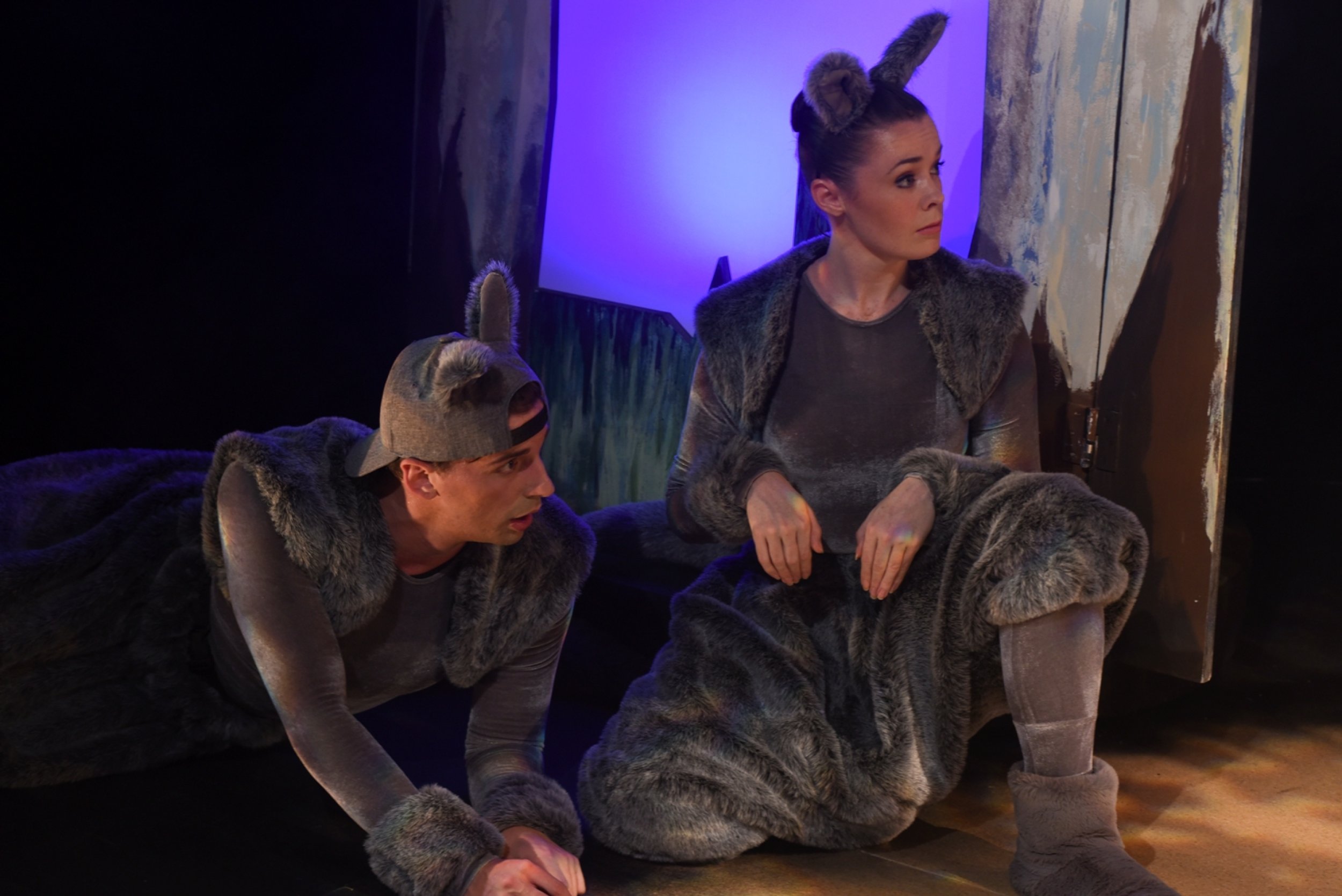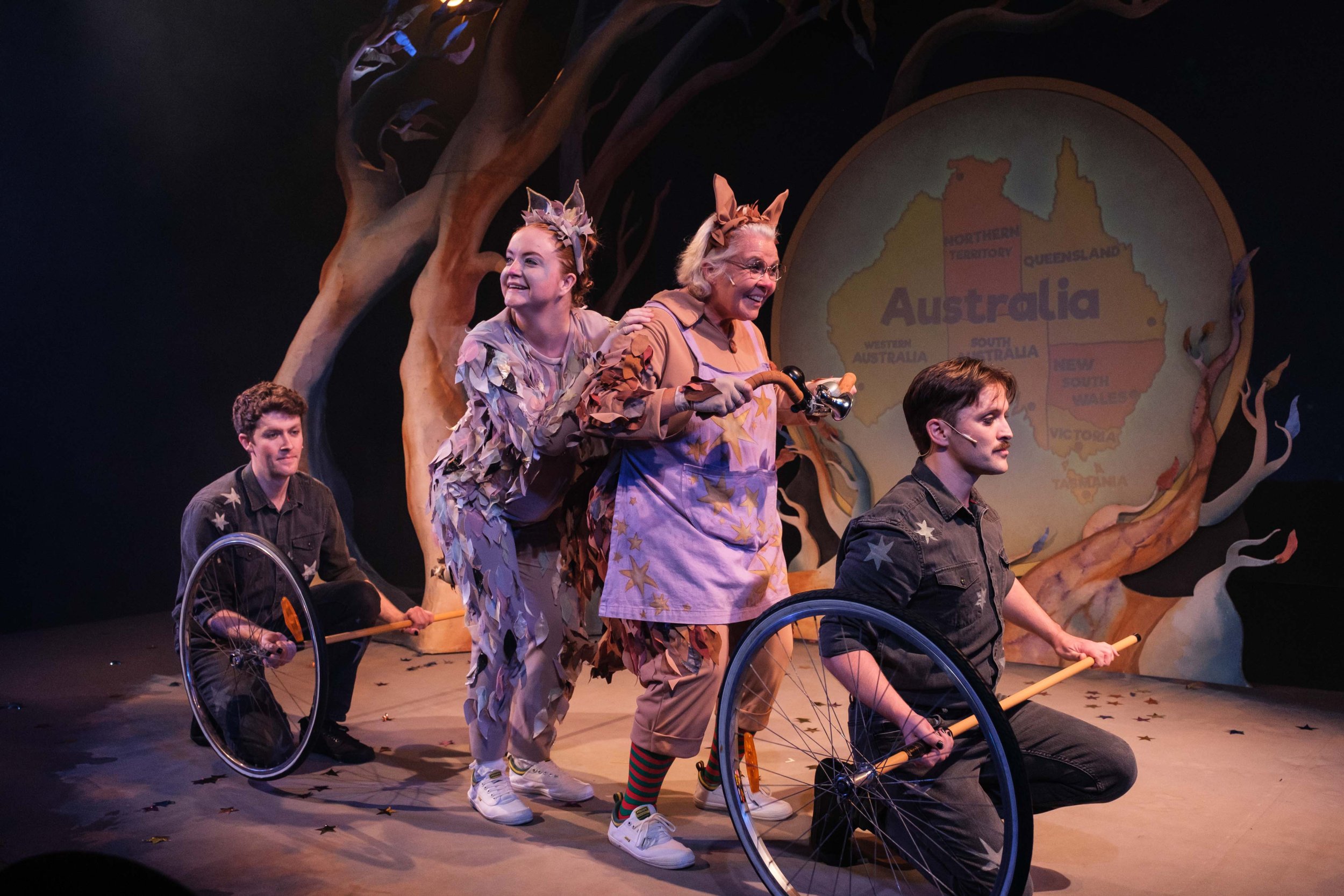Identity and cultural heritage: Li's identity is influenced by his Chinese upbringing, where he encounters traditional customs and expectations of his community. When he is chosen to go to a dance academy in Beijing, he faces a more city-oriented and politically charged environment, which tests his sense of self. Moving to the United States and adopting Western culture brings about a change in his identity.
Determination and perseverance: Li's journey of becoming a ballet dancer is filled with physical and emotional challenges. He faces exhausting training, language barriers and cultural differences. Despite these obstacles, he remains determined and continues to work tirelessly to improve his skills and achieve his dream. His commitment to his goal is a powerful example of the importance of perseverance in the face of adversity.
Family and sacrifice: Li's family makes big sacrifices to support his training. His parents face political and social pressures in China, and their love and sacrifice for their son is evident throughout the play. This theme supports the idea that family bonds and the sacrifices made for loved ones are universal.
Cultural exchange: The play is a window into the cultural exchange that occurs as Li travels from his rural village, Qingdao, to the heart of Beijing and, eventually, to the United States. Li's experiences in the West expose him to new ideas, art forms and ways of life. His story highlights how cultural exchange can lead to personal growth and a greater understanding of the world.
Hope and inspiration: Li's journey from rural China to international fame as a ballet dancer is a reminder of the power of dreams and hard work. His story serves as a source of inspiration for audiences, encouraging them to pursue their own dreams, no matter how unlikely they may seem.

